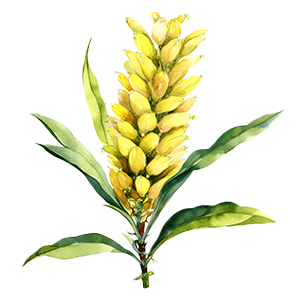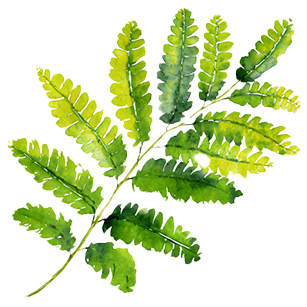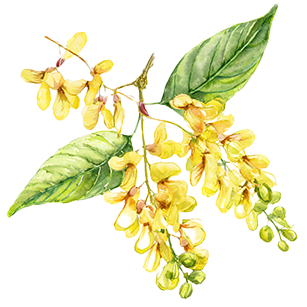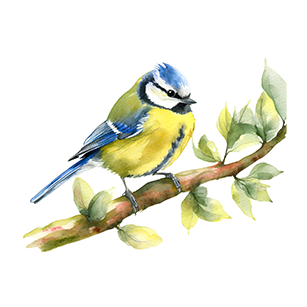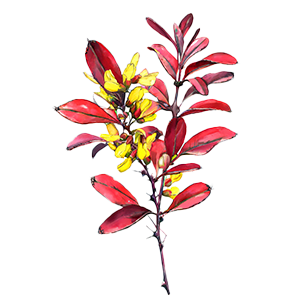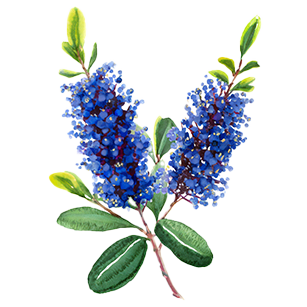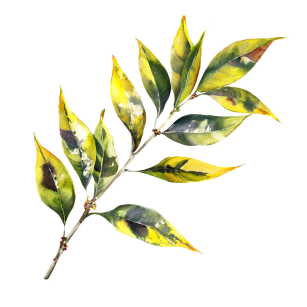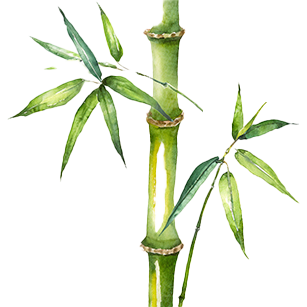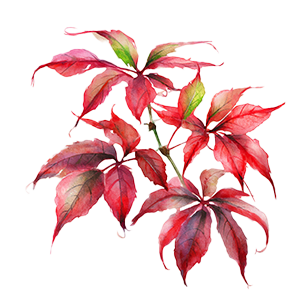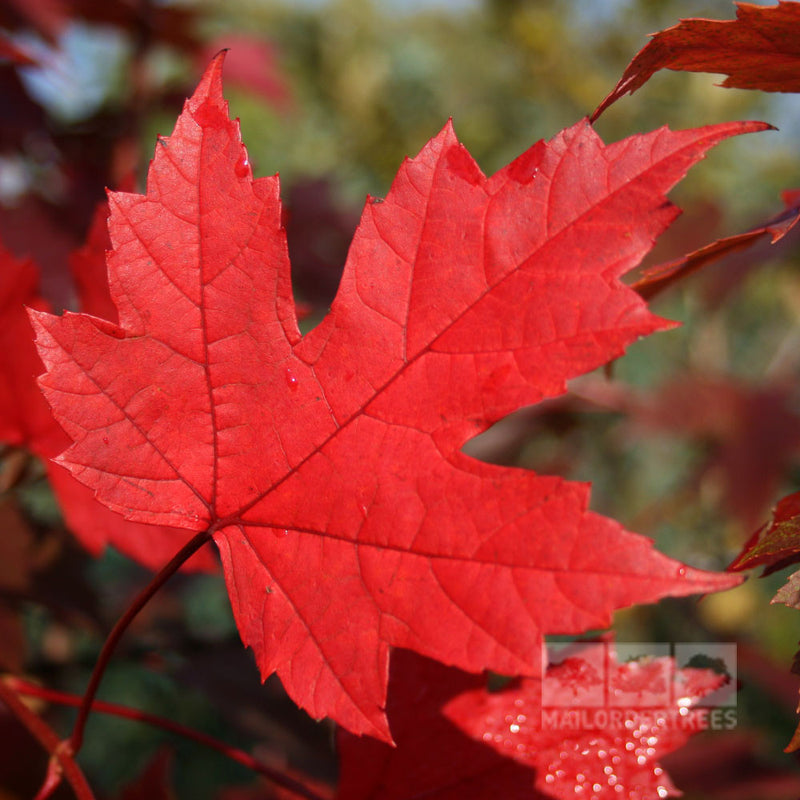We all know that planting trees is good for the environment, but there are lots of simple things that you can do to make sure your garden is running at its optimum eco capacity. Over the next few months, we will be adding posts that give you advice on creating and maintaining a truly environmentally friendly garden. This post focuses on composting.
Getting started
More and more people are using a compost bin as a way of utilising their household waste. It’s cheap, easy and it yields great results. Creating your own compost heap has never been easier: not only can you buy ready-made bins, but you can easily make your own if you have some old pallets or lengths of wood lying around. You can click here to read North Ayrshire council’s guide to building your own compost heap from unwanted pallets.
Filling your compost heap
Once you’ve got your heap, the most important part about having it is making sure that you put the right waste in it.
You can put in:
- Vegetable peelings
- Fruit waste
- Teabags
- Grass cuttings
- Plant cuttings
- Crushed egg shells
- Fallen leaves
- Shredded egg cartons
You should avoid:
- Meat products
- Dairy products
- Any plastic/glass
- Diseased plants
- Pet waste
- Weeds













